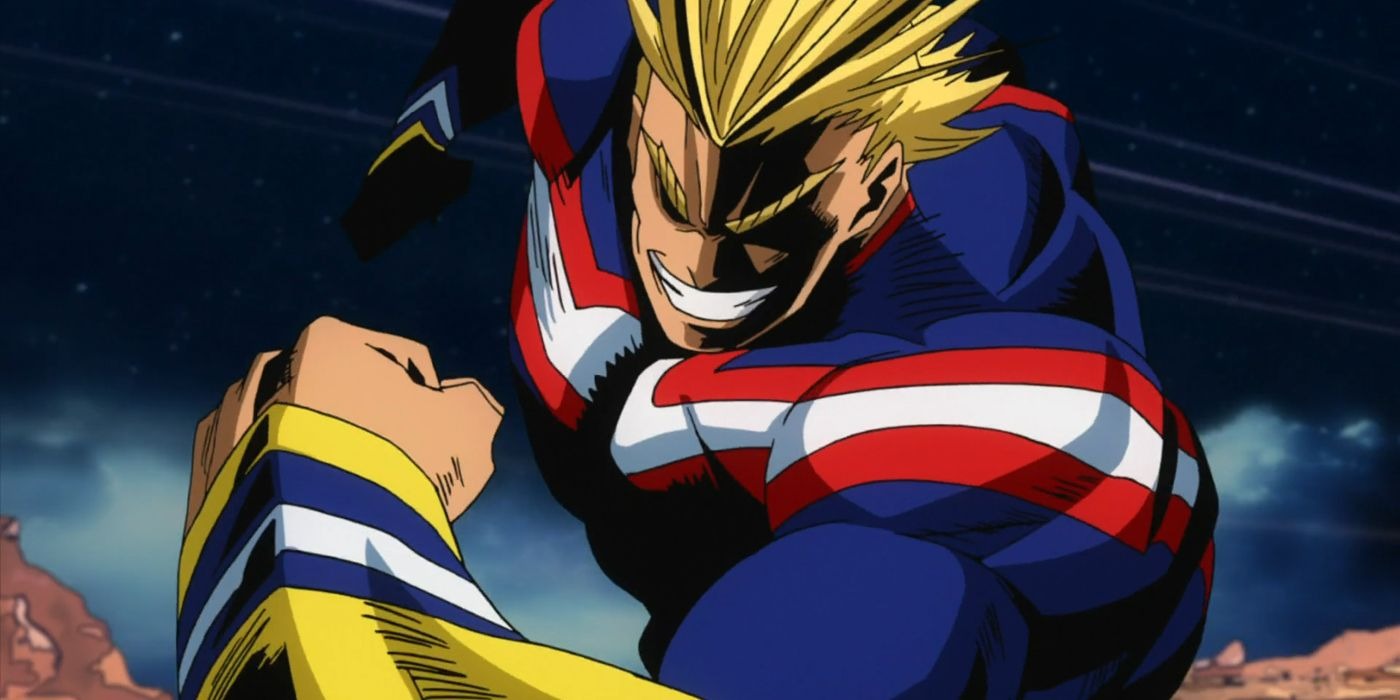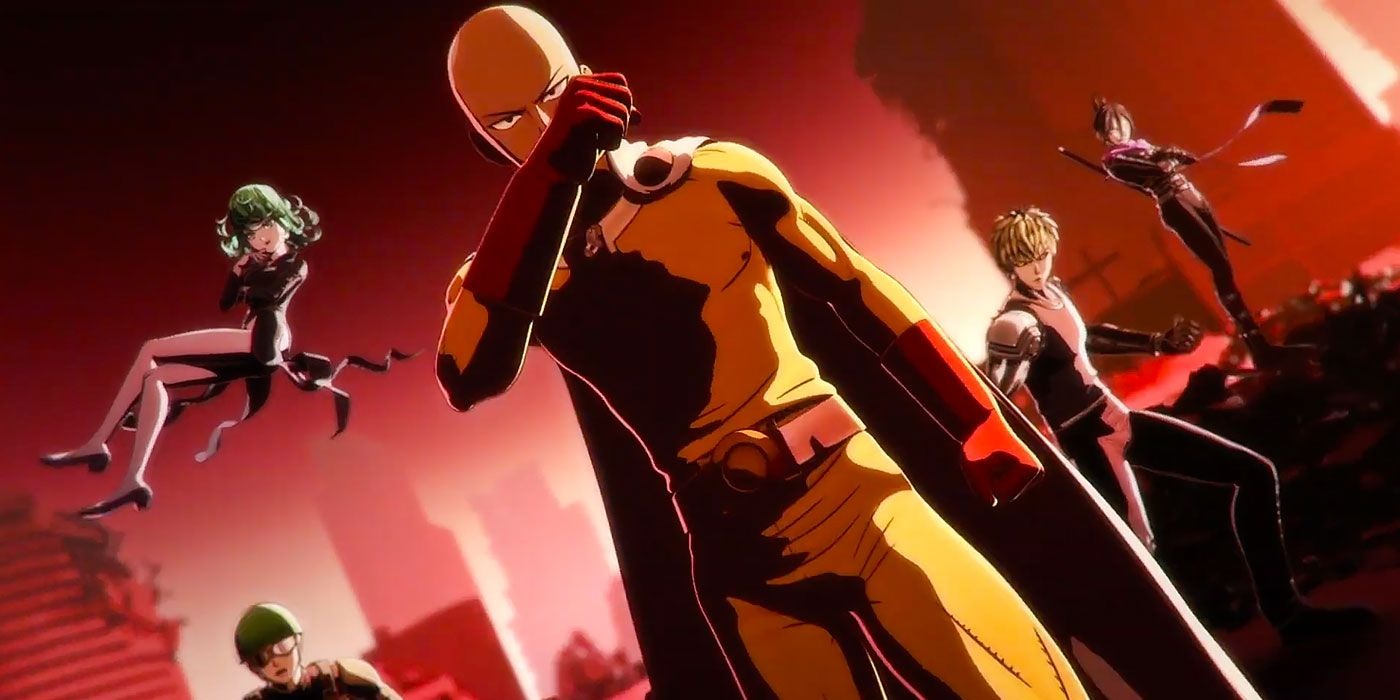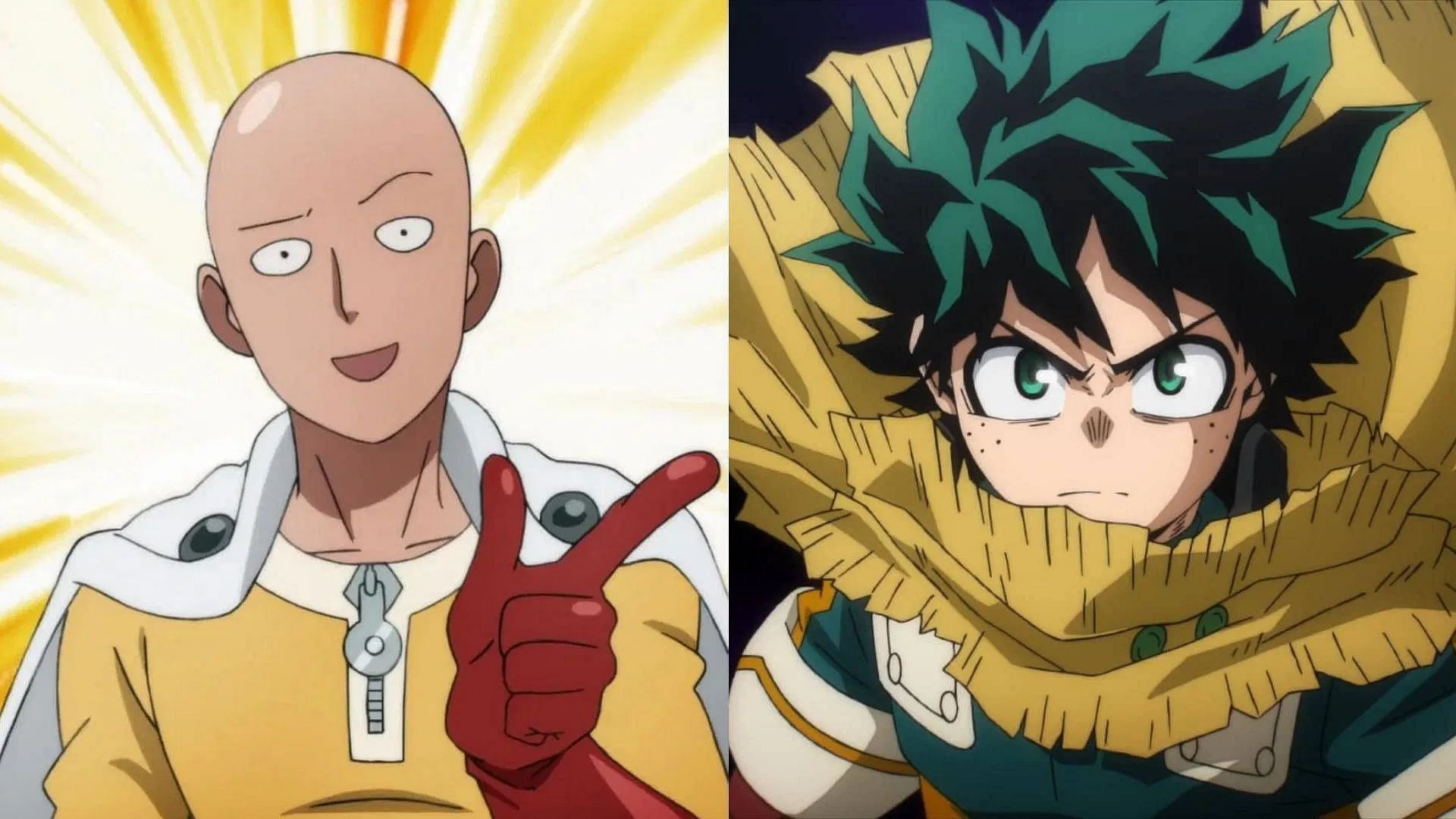While Marvel and DC Comics continue to dominate television and film, two Japanese animated series—My Hero Academia and One-Punch Man—have introduced fresh and intriguing perspectives on superhero themes.
These anime not only engage with well-known superhero tropes but also reinterpret them in ways that feel more dynamic and thought-provoking than what is typically seen in Western media.

A Different Take on the Underdog Story: My Hero Academia
One of the most successful manga-to-anime adaptations in recent years, My Hero Academia follows the journey of a boy striving to become the greatest hero in a world where superpowers, known as “quirks,” are commonplace.
The series has achieved tremendous popularity, ranking among Japan’s top-selling franchises alongside global phenomena like Pokémon and Star Wars.
While its premise may seem familiar—an underdog pushing past obstacles to reach his dreams, much like Naruto—My Hero Academia sets itself apart with its unique take on heroism. The story revolves around Izuku Midoriya, a reserved and diligent young man who idolizes All Might, the top-ranked hero.
Unlike most of his peers, Midoriya is born without a quirk, making his ambitions seem impossible. However, his life changes when he is granted a quirk of his own and enrolls in the most prestigious hero academy, where he trains to become a professional hero, battling villains and forming friendships along the way.
The Symbolism Behind All Might’s Character
From his very first appearance, All Might, Midoriya’s mentor and the world’s strongest hero, feels oddly reminiscent of classic American superheroes.
His design and personality strongly mirror icons like Captain America and Superman, even down to the naming of his attacks, which humorously reference American states and cities—such as “Texas Smash.”
Dressed in a red, white, and blue costume with a striking blonde hairstyle, he embodies the quintessential American superhero. However, beneath his exaggerated bravado, there is an underlying absurdity to his character.
His ever-present grin stretches so unnaturally wide that it borders on unsettling, and his pitch-black eyes add an air of ambiguity, making him seem either enigmatic or outright sinister. All Might’s exaggerated patriotism and overwhelming power serve as a reflection of America’s perception of its strength.
When the series later reveals that his abilities are waning despite his relentless optimism, it becomes difficult to ignore the parallel to a country clinging to its self-image while reality tells a different story.
His struggles are not akin to Superman’s occasional vulnerability to kryptonite; rather, they expose a deeper, more irreversible decline.
Challenging the Idea of Individual Heroism
Beyond questioning America’s portrayal of strength, My Hero Academia also subtly critiques the Western superhero archetype by emphasizing teamwork over individual heroism.
While American superhero media occasionally assembles teams—the Avengers, the Justice League, or the Arrowverse crossovers—these collaborations often feel forced, and internal conflicts frequently drive characters back to their solo stories.
Western storytelling has long been influenced by an individualistic mindset, and this is evident in how superheroes are depicted. Superman, a nearly indestructible alien, hardly needs assistance from the Justice League, and it seems almost illogical that Thor, a literal god, would join forces with a billionaire, a spy, and an archer.
These teams primarily exist to unite heroes against a common world-ending threat, only for them to retreat to their respective franchises once the crisis is over.
By contrast, My Hero Academia constructs a system in which heroism is not just about personal glory but an established profession requiring education, licensing, and regulation.
Heroes function as part of a structured society with its hierarchy and levels of celebrity, leading to villains who reject the commercialization of heroism.
Unlike Western superheroes, who often act as vigilantes in defiance of law enforcement, My Hero Academia presents a world where heroes and the police work side by side rather than in opposition.
One-Punch Man: A Satirical Approach to Superhero Tropes
On the other side of the spectrum, One-Punch Man offers a comedic deconstruction of the superhero genre. Adapted from a viral webcomic, the series follows a protagonist, Saitama, who possesses the ability to defeat any opponent with a single punch.
His simplistic and unimpressive appearance—a bald man in a cheap, ill-fitting yellow jumpsuit—immediately sets him apart from the grand, idealized figures of Western superhero fiction.
Unlike All Might, whose design echoes the grandeur of American heroes, Saitama is a direct parody of both Western and Japanese superhero conventions.
American satirical works such as The Tick, Supermansion, and Freakazoid! derive their humor from portraying their heroes as incompetent or placing them in bizarre situations.
One-Punch Man, however, flips the concept of superheroism on its head by making Saitama so absurdly powerful that his victories are effortless, rendering his existence dull and unfulfilling.
Many superheroes repeatedly defy the odds to the point where they become virtually immortal, forcing writers to invent increasingly powerful villains just to maintain suspense. One-Punch Man mocks this by pushing the concept of invincibility to the extreme.
Saitama’s overwhelming strength leaves him perpetually bored, as no opponent poses a real challenge. Despite saving the world time and time again, he receives little recognition, often criticized rather than celebrated.
Even his origin story dismisses the grandiose transformations seen in characters like Spider-Man, Captain America, or the Hulk—Saitama claims he achieved his power simply by sticking to a mundane exercise routine for three years.
The Bureaucracy of Heroism and Everyday Struggles
Similar to My Hero Academia, One-Punch Man introduces a system where superheroes must undergo formal registration and licensing to be recognized professionals.

Yet, while most superhero stories revolve around escalating conflicts with increasingly formidable enemies, One-Punch Man subverts this structure by focusing on Saitama’s day-to-day struggles with bureaucracy, financial instability, and the frustrations of being overlooked.
Although he effortlessly vanquishes powerful monsters, aliens, and hybrid creatures, his greatest difficulties arise from mundane challenges—such as failing his Heroes Association exam or missing a highly anticipated supermarket sale.
Instead of following the usual cycle of heroes facing and overcoming stronger adversaries, One-Punch Man highlights the tedious realities of heroism, where administrative hurdles and public perception often matter more than actual strength.
Reimagining Power and Heroism Through Anime
While My Hero Academia extends Captain America’s idealized heroism to its logical extreme by rejecting the notion of unlimited power, One-Punch Man takes Superman’s omnipotence and strips it of its grandeur, revealing it to be more of a burden than a blessing.
Both series challenge the way superheroes are traditionally portrayed, offering perspectives that feel fresh and thought-provoking compared to the repetitive formulas seen in American media.
When placed alongside these anime protagonists, the characters of Western superhero franchises often feel predictable, sometimes even dull. With Hollywood’s reliance on spectacle and formulaic storytelling, perhaps it’s time to let the Justice League and their counterparts take a well-earned break.


